Michal Richter
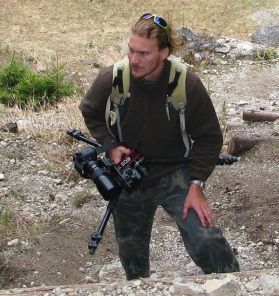 Michal Richter hails from Slovakia who dreams to be a professional wildlife photographer one day. He is 32 years old and started photographing wildlife since 2007. He has traveled to a number of countries to photograph wildlife. Also he started his wildlife photography when he was in Beijing, China by borrowing his friend’s camera.
Michal Richter hails from Slovakia who dreams to be a professional wildlife photographer one day. He is 32 years old and started photographing wildlife since 2007. He has traveled to a number of countries to photograph wildlife. Also he started his wildlife photography when he was in Beijing, China by borrowing his friend’s camera.
This week Michal Richter shares his experience and views related to Wildlife Photography in our weekly interview section.
What turned you into wildlife photography?
My dad who taught me to appreciate all living things and even twisted me to such extreme, that I like animals probably more than people. Well, and my friend Martin who lent me his camera while we studied Chinese in Beijing and gave me first important lessons. And then I bought my first camera…
What is your favorite photograph that you have taken?
Well. I think I do not have the most favorite photograph, but on of those I value more is the picture of quarrelling European bee eaters. Photographing bee eaters is not that much difficult, but the resulting picture was funny enough to be in my collection of favorite ones. It’s good to mention, that my friends quarrel about the pic as well trying to decipher which one is male and which one is female. Well, I did not tell them how to distinguish sexes of those birds, because at least one part of my friends would become unhappy.
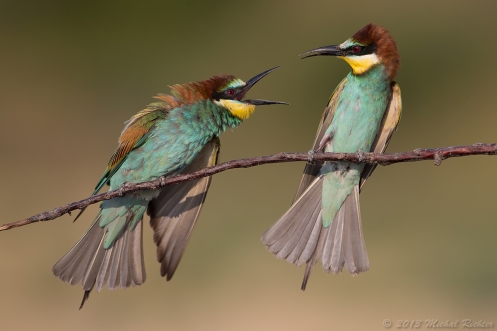
Have you traveled abroad outside your country for wildlife photography? If yes, which countries? and briefly tell us your experience.
I think I’ve been extremely lucky to travel more than most of my friends and photo gear definitely has become an essential part of my luggage in last couple of years. So far I was lucky enough to visit countries such as USA, many central and west European countries, China, Indonesia, Sri Lanka, Thailand and Malaysia. Best birding countries for me were probably two of them, Sri Lanka, China and Hungary with hundreds of birds and tens of species every day. My experience? Well, Sri Lanka is the best and most hospitable country I’ve ever visited, Thailand disappointed me a little (from reasons I’d rather not mention here), China was my home for two years, so I have special feelings towards it and USA with it’s magnificent Yellowstone National Park, where I sadly was when I had no idea about photography at all)
Near misses are quite common among wildlife photographers. Ever had a near miss?
Well, the funniest near miss I had was in Sri Lanka when I saw a bee eater sitting on a small wooden pole in the middle or what looked like a rice field. As I was slowly trying to approach the bird (who seemed not to care a bit about my presence), I accidentally stepped out of solid ground and found myself in slippery mud above my waist slowly sinking. I told myself: “twenty more centimeters and I must start yelling for help.” As I was sinking more and mud started to touch my shoulders (with both hands up holding camera and tripod), the downward movement stopped and I touched the solid ground. It took me about one and a half hours to get away from that trap. Good bless I am 185, If I had been 150, I would have most probably drown there with only my top hair poking out. Most hilarious was obviously my return to the guest house, where local girls offered me to help me with laundry, but after some trying they proposed me to go and buy new clothes. They were right.
Share with us an unforgettable experience.
It’s extremely difficult to find one experience, but one of the most precious in my memory so far is the picture of wild horses (Equus przhewalski) which I took in the wastelands of Junggar Basin on my journey around westernmost part of China – Xinjiang region. Taking into account, that there were only about 300 horses left wild on the planet that time, I consider it to be one of those shots you never forget about. It’s a shame I was only starting photography that time, did not know anything about underexposure or RAW pics. But the memory remains just as the picture itself, which remains me of an unforgettable meeting with an unforgettable animal.
It’s true that there are a lot of international treaties to protect migrating birds. Yet we hear news stating the killing of these birds. What can be done to stop the harming of these birds?
Well, I know that some treaties and laws enforce the protection of (not only) migratory bird species, yet I can speak only about the countries around the place where I live. Slovakia, as a member of EU signed such treaties, but it must be said, that law enforcement here is not the best and many proposed wetlands and areas where migratory birds tend to stop to refuel themselves are still only on paper, or very badly touched by human activities, such as road constructions, wetland drying etc. One and only think that can be done to prevent such things anywhere is to strongly enforce signed treaties and wildlife protection laws, as well as improving the knowledge of people in such a broad way, that it will become everyone’s will to save species not only from number decreasing, but also from vanishing forever.
Wildlife photographers help to create awareness. There are stories of bird photographers disturbing the birds in order to get a decent photograph. What is your opinion on the subject?
I know that many bird photographers (incl. myself) had some verbal clashes with local wildlife protection authorities. It’s a never ending story, to be honest. I, as a photographer, try to be to subject as close as possible but taking into account facts of animal/bird behavior. I try to get to the spot in time, usually at least half an hour before dawn, hide myself in a photo hide or camouflage net and wait. It’s true, that most of us do not wait until sundown to get away from the spot, but I think that every serious wildlife photographer or enthusiast knows the way how to “vanish” as soon as possible and without too much noise. I usually simply wait until bird or animal flies away or disappears behind the horizon and then get my stuff in pretty much seconds to get from the nesting or hunting grounds as quickly as possible. I must honestly say, that it is not possible not to disturb animals from time to time, but the truth is, that I never had problems finding the same birds or animals at the same spot next day or the day after.
What is your favorite place for birding?
Well, I love my home country for it offers very good birding opportunities, but to be honest, the biggest and so far the best place for birding I found in Sri Lanka some two years ago. It was an unforgettable experience with hundred of nearly tame birds, some of which were curious to such extremes that they allowed me to come virtually centimeters away from them without slightest disturbance. It was a case of bee eaters, woodpeckers and some smaller passerine birds for example. It’s pretty uncommon for me to sit near the pond and in three hours of morning sun being able to have some twenty species of birds of all kinds safely stored on camera’s flash card. That is only a dream in our broad-leaf forests or lakes in Europe, where birds and game are usually very suspicious and shy. No wonder when they were hunted and disturbed for centuries.
What you think about the internet communities of wildlife photographers? Is these communities helping each other and creating a better awareness for normal people about wildlife and its importance and beauty?
Internet communities of wildlife photographers helped me to make my images look better by many well aimed advises about many different aspects of photography starting with best light and exposure and finishing with advises about post processing or different small photo gear adjustments. Some internet forums also give me opportunities to see species of birds and animals I hardly ever heard of. Their importance is also in raising global awareness about our natural world and serious problems it faces. I think it may slightly contribute to reverse or at least slow down the destruction of our planet we see these days.
What are your future plans?
I plan to do to island of Dominica near Barbados in Caribbean next January to spend three or four weeks not only birding, but also “recharging batteries”. And I have one wish … to become a professional wildlife photographer one day. It’s a dream, but one never knows.
All photos in this post is used with permission from Michal Richter. If you want to know more about his work or contact him, please visit his facebook page at https://www.facebook.com/michal.richter.351/.
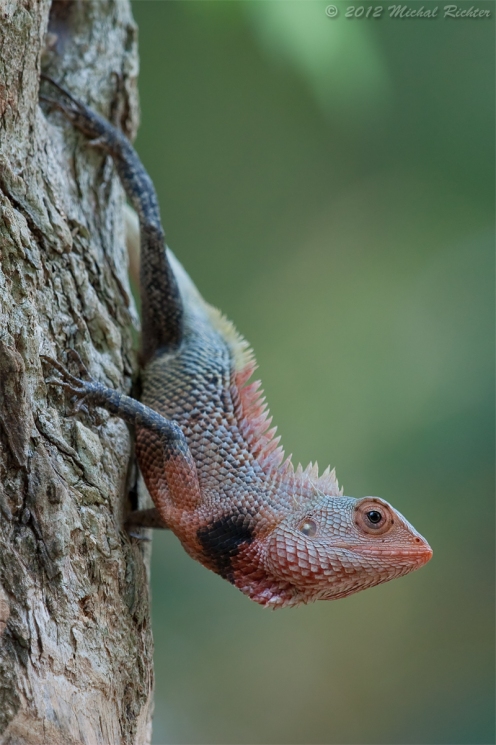
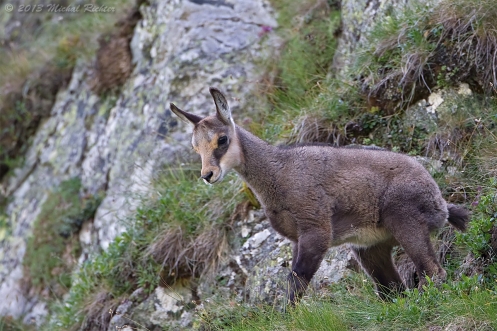
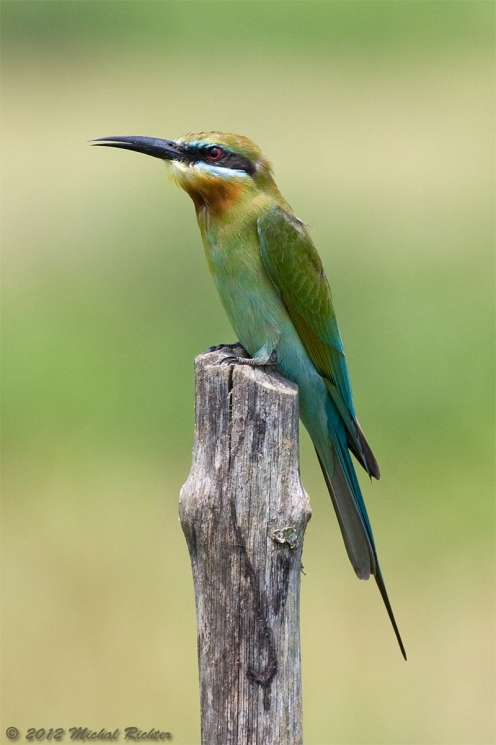
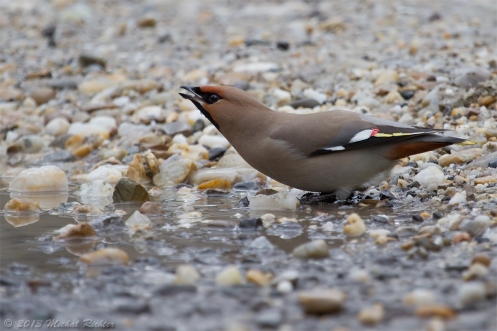
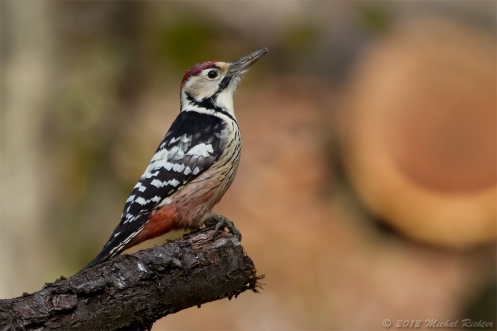
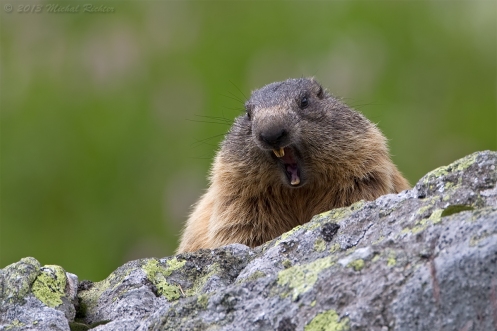
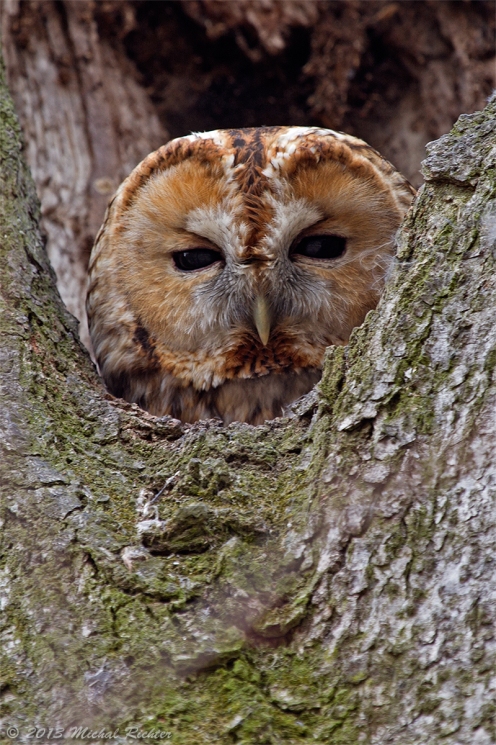
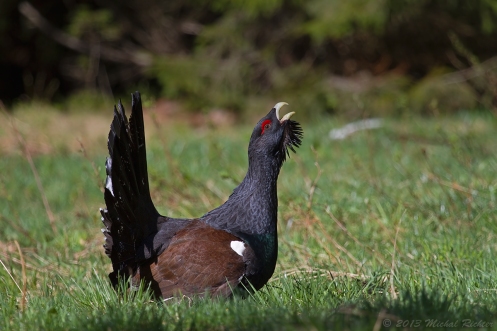
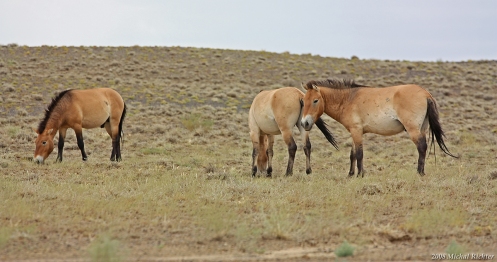
well done Michal…
Congrats Michal
Dobrá práca Miško 🙂
Superb
I tried a few times to see the Wild Horses (Equus przhewalski). But no luck. Congrats
I like the series. Interviews with people who are so passionate about wildlife. There are a lot to learn from these interviews for people like me who just started.
Thank and congratulations